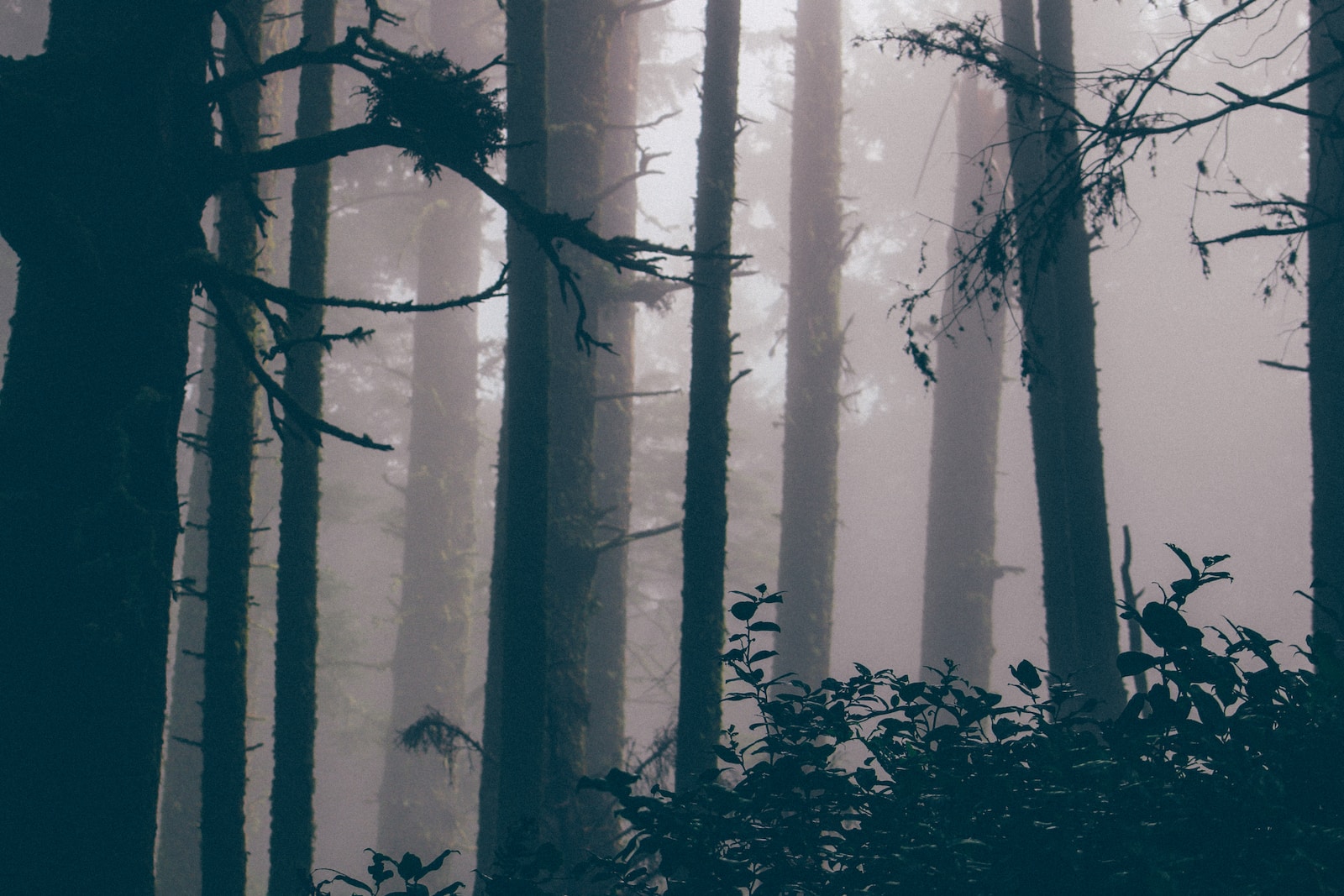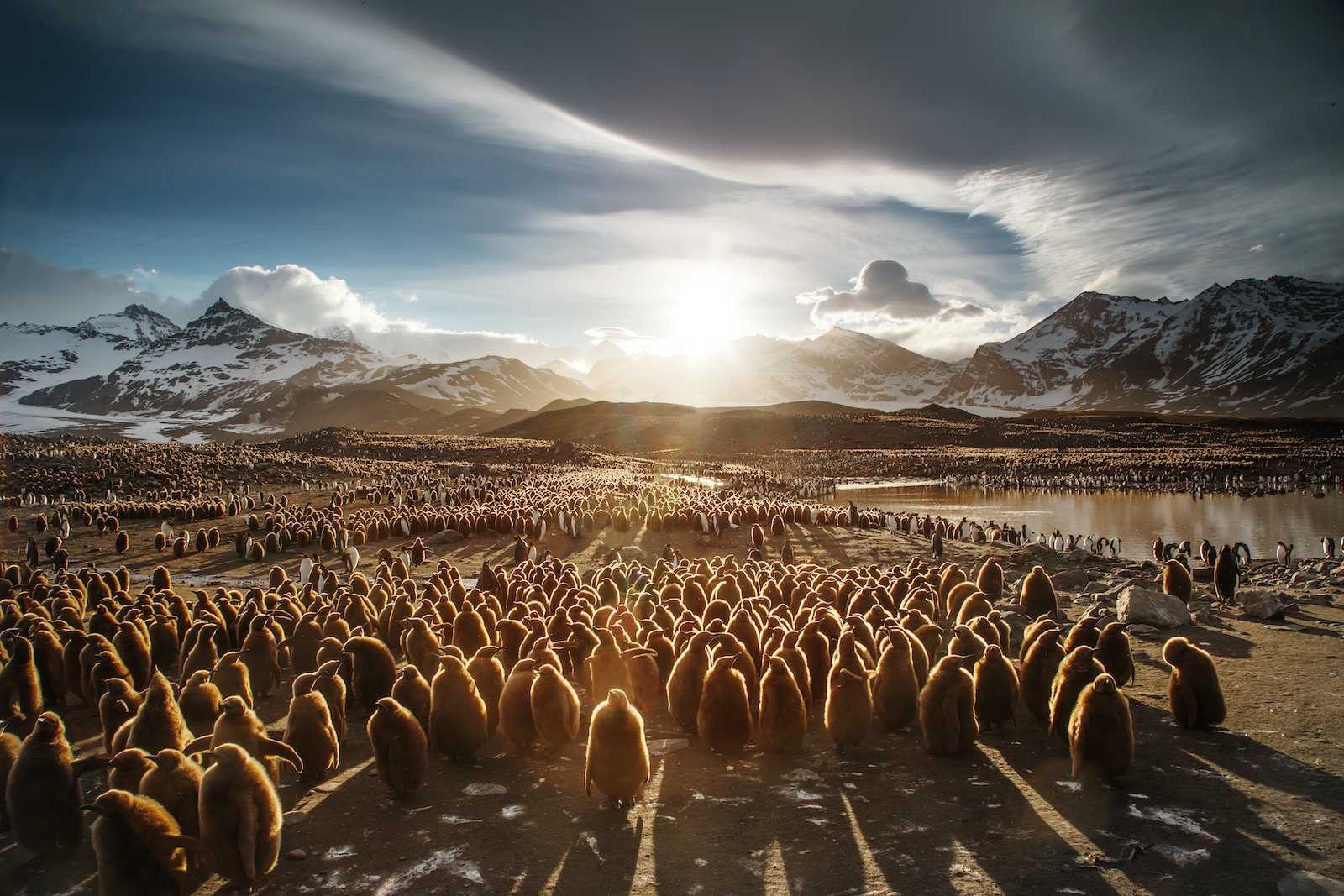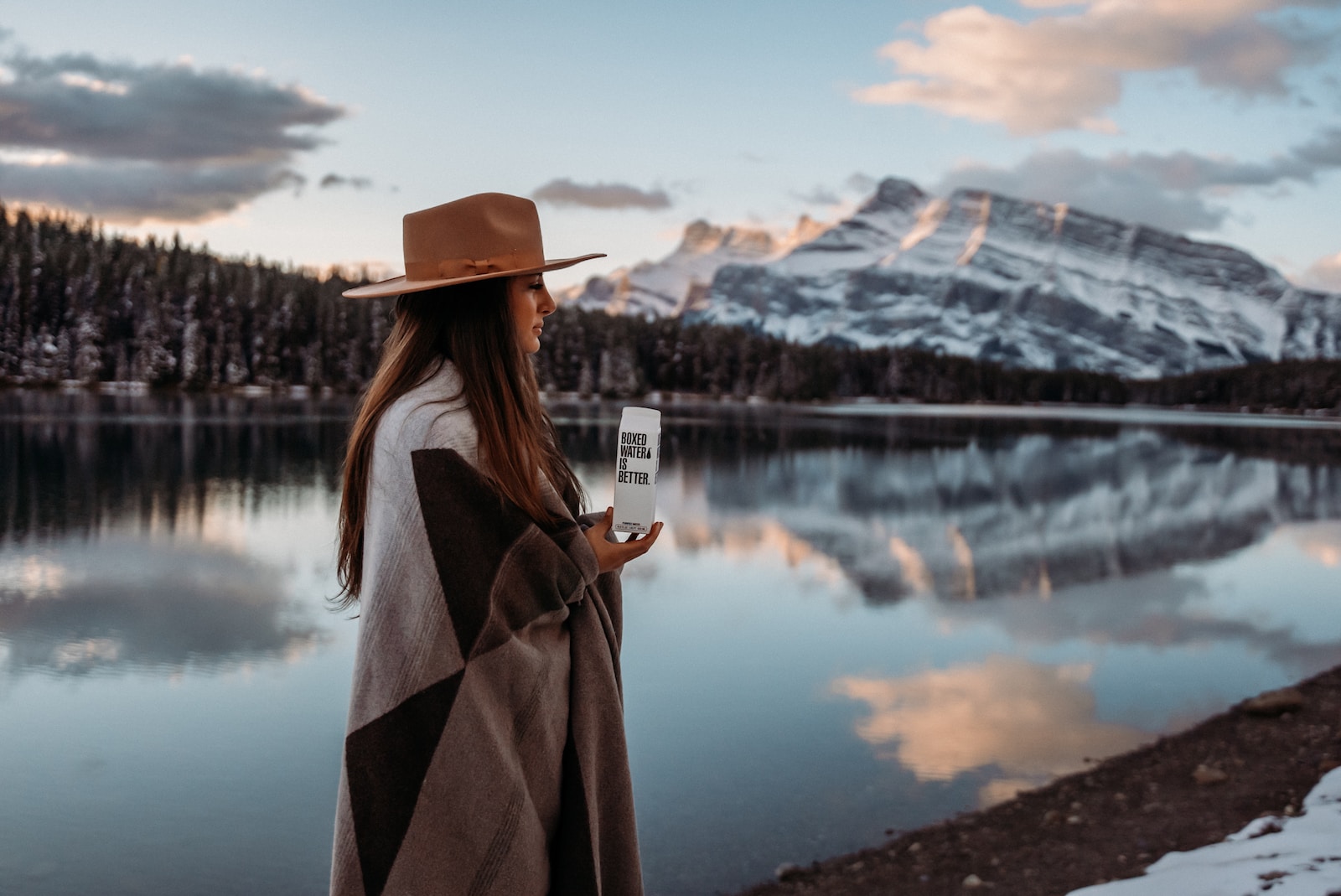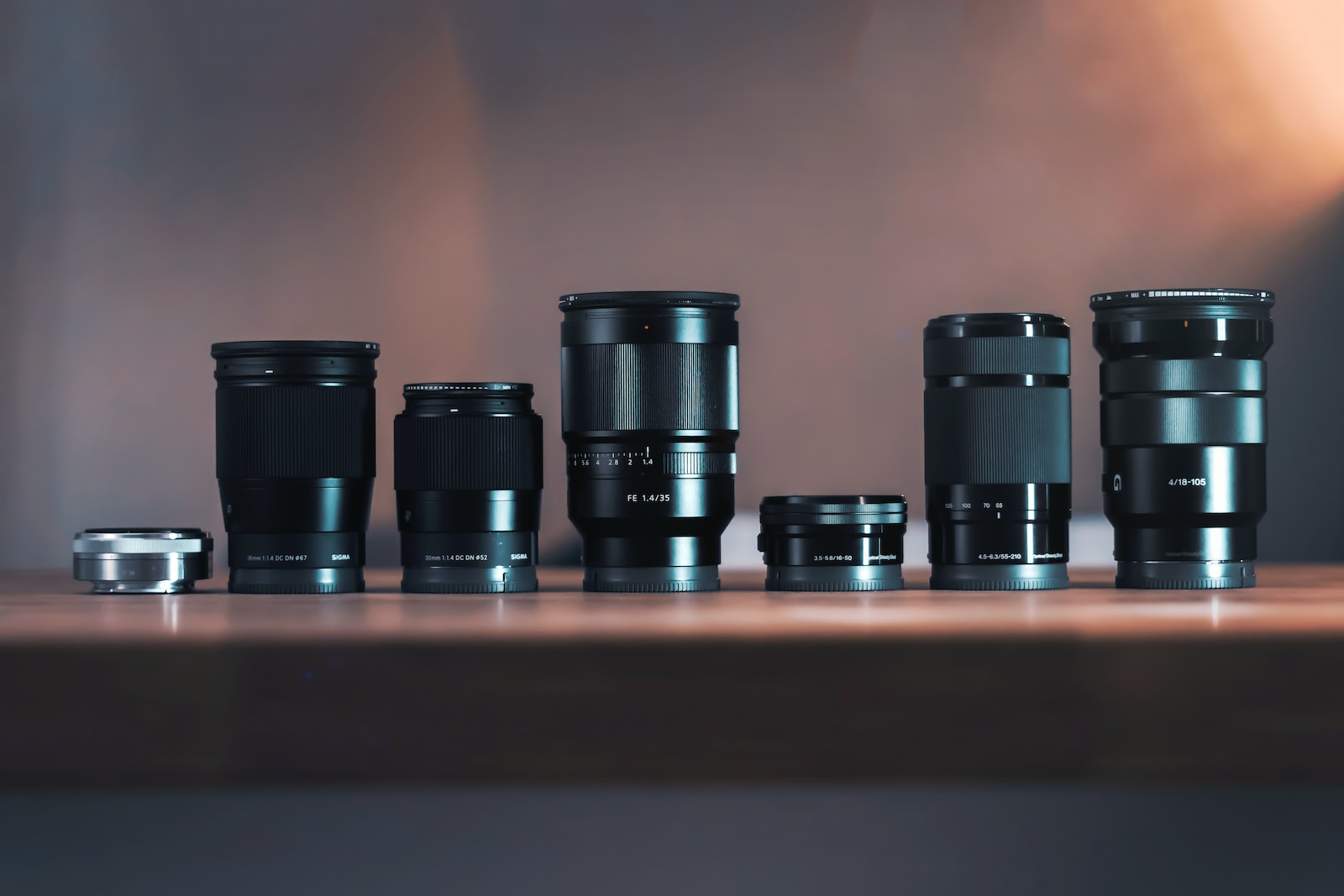Welcome to our photography blog where we dive into the fascinating world of focal length and aperture. Whether you’re a beginner or advanced photographer, understanding these concepts is crucial for capturing outstanding images. In this article, we will explore the relationship between focal length and aperture, and how they impact the quality and composition of your photographs. Join us as we unravel the secrets behind these crucial elements and take your photography skills to new heights.
Table of Contents
What is Focal Length?
Focal length refers to the distance between the optical center of the lens and the image sensor. Measured in millimeters, it determines the magnification and field of view of the lens. A shorter focal length, such as 18mm, offers a wide-angle view, capturing a broader scene. Conversely, a longer focal length, like 200mm, provides a narrow field of view, ideal for zooming in on distant subjects.
Understanding Aperture
Aperture, measured in f-numbers or f-stops, refers to the size of the opening in the lens that allows light to pass through. It affects the amount of light reaching the camera sensor and controls depth of field—the range of sharpness in a photograph. A wide aperture (small f-number like f/1.8) creates a shallow depth of field, perfect for portraits with blurred backgrounds. On the other hand, a narrow aperture (large f-number like f/16) increases the depth of field, ensuring sharpness throughout the image.
The Relationship between Focal Length and Aperture
Impact on Composition
Both focal length and aperture play a significant role in the composition of your photographs. Focal length affects the perspective and distortion of your subjects. A wide-angle lens exaggerates the foreground and provides a sense of depth, ideal for landscapes and architectural shots. Telephoto lenses compress the distance between objects, making them perfect for wildlife and sports photography. Understanding the strengths of different focal lengths enables you to create visually interesting compositions.
Interesting fact: The world's most expensive camera lens is the Leica APO-Telyt-R 1,600mm f/5.6. It weighs around 132 pounds and costs a staggering $2,064,500.
The Bokeh Effect
Aperture, on the other hand, controls the background blur or bokeh in your photos. By using a wide aperture, you can create a pleasing, creamy bokeh that isolates the subject from the background, adding a sense of depth and emphasizing the main focus. Experimenting with different apertures allows you to create unique and visually appealing effects, enhancing the overall composition of your images.
The Importance of Lens Quality
Considering Optical Quality
While focal length and aperture undoubtedly play a crucial role in photography, the quality of your lens also significantly impacts the final result. Investing in high-quality lenses with excellent optical performance ensures sharper images with less distortion and chromatic aberration. Cheaper lenses may compromise on image sharpness, causing noticeable softness in your photos. Understanding the importance of lens quality helps you make informed decisions when purchasing equipment for your photography endeavors.
The Influence of Lens Choice
Furthermore, the choice of lens can greatly affect the composition and overall feel of your photographs. Prime lenses with fixed focal lengths provide sharper images and better low-light performance, making them ideal for portrait and street photography. Zoom lenses, on the other hand, offer versatility by covering a range of focal lengths, making them popular for landscapes, sports, and wildlife photography. Knowing which lens to use in different situations elevates the quality of your photography.
Tips for Better Photograph Composition
1. Experiment with Different Focal Lengths
Don’t be afraid to switch lens focal lengths to achieve the desired composition. Try capturing the same subject with both wide-angle and telephoto lenses to discover the differences in perspective and how it affects the overall feel of the image.
2. Utilize Aperture for Depth of Field
Control the depth of field by adjusting the aperture settings in your camera. Play with different f-stops to create diverse effects and draw attention to specific subjects in your frame. Remember, a wider aperture results in a shallower depth of field, perfect for portrait photography.
3. Pay Attention to Lens Quality
Invest in lenses that offer excellent optical quality to achieve sharper images with minimal aberrations. Higher-quality lenses produce images with better contrast and color reproduction, giving your photographs that professional touch.
4. Find Your Unique Style
Experiment with various focal lengths, apertures, and lens choices to develop your unique photographic style. Don’t be afraid to break the rules and explore unconventional compositions that reflect your artistic vision.
5. Practice Makes Perfect
Lastly, constant practice is vital to improving your photography skills. Take your camera out regularly, experiment with different settings, and analyze your results. The more you shoot, the better you’ll understand the intricacies of focal length, aperture, and composition.
By understanding focal length and aperture, you hold the key to unlocking your photography’s true potential. These elements offer endless creative possibilities, allowing you to frame moments in captivating ways. So grab your camera, experiment, and let your creativity soar.
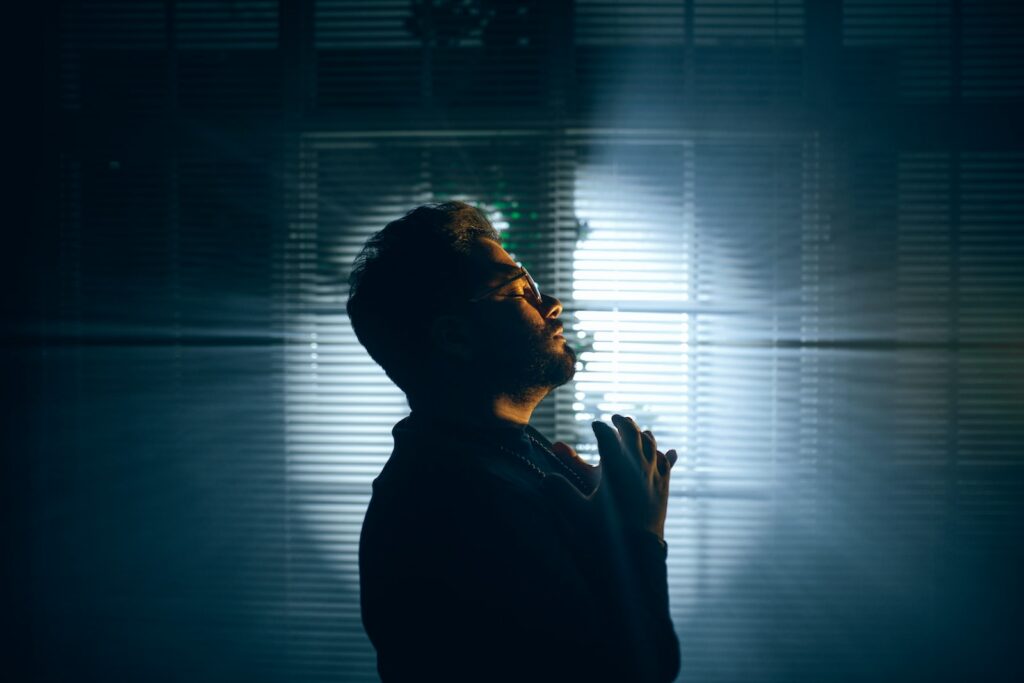
Understanding Focal Length and Aperture
When it comes to photography, understanding the concepts of focal length and aperture is crucial for capturing stunning and well-composed photographs. In this guide, we will delve into these concepts and explore their importance, as well as provide some practical tips and techniques to enhance your photography skills.
What is Focal Length?
Focal length refers to the distance between the lens and the camera’s image sensor. It plays a significant role in determining the field of view and magnification of your photographs. In simple terms, a longer focal length results in a narrower field of view, while a shorter focal length captures a wider field of view.
Understanding Aperture
Aperture, on the other hand, relates to the size of the lens opening that allows light to pass through. It is measured in f-stops, such as f/2.8 or f/16. The aperture setting not only controls the amount of light entering the camera but also affects the depth of field in your photographs. A wider aperture (smaller f-stop number) creates a shallow depth of field, perfect for isolating a subject from its background and creating that pleasing blurry background effect.
How Do Focal Length and Aperture Impact Photograph Composition?
Focal length and aperture have a profound impact on the composition of your photographs. Let’s explore how:
Subject Isolation and Background Blur
One of the key compositional techniques in photography is isolating your subject from the background. By using a longer focal length and wider aperture, you can achieve a shallow depth of field, blurring the background and drawing attention to your subject. This technique works particularly well for portraits or capturing close-up details.
Perspective and DistortionAnother aspect influenced by focal length is perspective and distortion. A shorter focal length creates a wider field of view, resulting in the potential for distortion, especially when capturing subjects up close. On the other hand, a longer focal length compresses perspective, making distant objects appear closer together. Understanding these effects can help you choose the appropriate focal length for a particular scene or subject.
Landscapes and Depth of FieldWhen shooting landscapes or scenes with multiple elements at different distances, selecting the right aperture becomes crucial. A narrower aperture (higher f-stop number) will provide a larger depth of field, ensuring that both foreground and background elements remain sharp and in focus. This technique is essential to capture the fine details in landscape photography.
Frequently Asked Questions
What is focal length?
Focal length is the measure of how much a lens can magnify a subject and how wide or narrow the field of view is. It is expressed in millimeters.
How does focal length affect the composition of a photograph?
The focal length determines the perspective and angle of view of a photograph. A shorter focal length captures a wider scene, while a longer focal length brings distant objects closer.
What is aperture and how does it relate to focal length?
Aperture refers to the opening in the lens that allows light to enter. It is represented by an f-stop number. Aperture affects the depth of field, determining how much of the image is in focus and how much is blurred.
How does the choice of lens affect the quality of a photograph?
The quality of a lens can impact image sharpness, clarity, and distortion. Higher quality lenses tend to have more advanced optics, resulting in sharper images with reduced chromatic aberration and distortion.
Wrap Up
In conclusion, understanding the concepts of focal length and aperture is crucial for achieving high-quality and visually appealing photographs. Focal length determines the perspective and magnification of your subject, while aperture controls the depth of field and the amount of light entering your lens.
By using the right combination of focal length and aperture, you can enhance the composition of your photographs and create stunning visual effects. Remember to consider lens quality as well, as it can significantly impact the overall sharpness and clarity of your images.
Now that you have a better understanding of these technical aspects, go out and experiment with different focal lengths and apertures. Take advantage of composition rules, such as the rule of thirds, leading lines, and balance, to capture captivating shots.
If you have any questions or would like to share your thoughts, leave a comment below. I’d love to hear about your experiences with focal length and aperture in photography!
